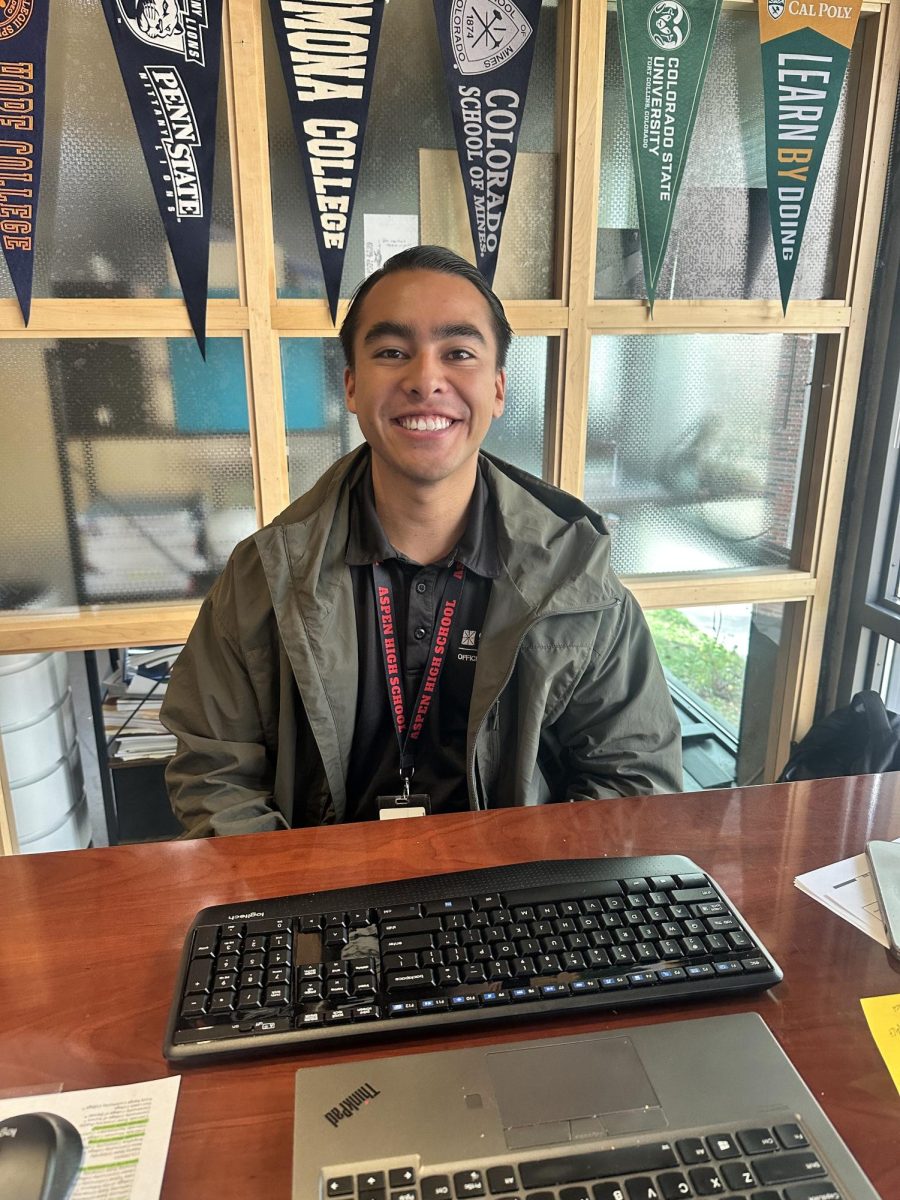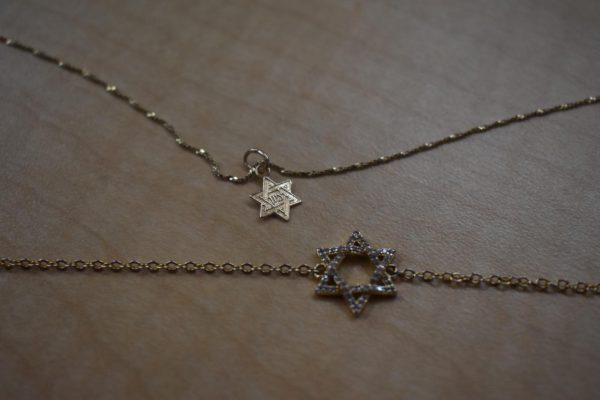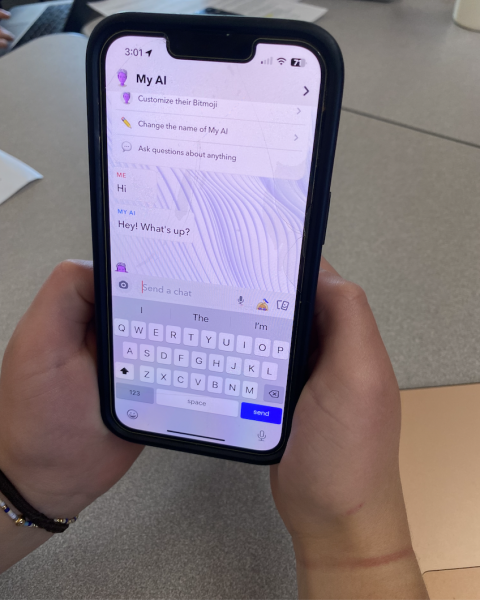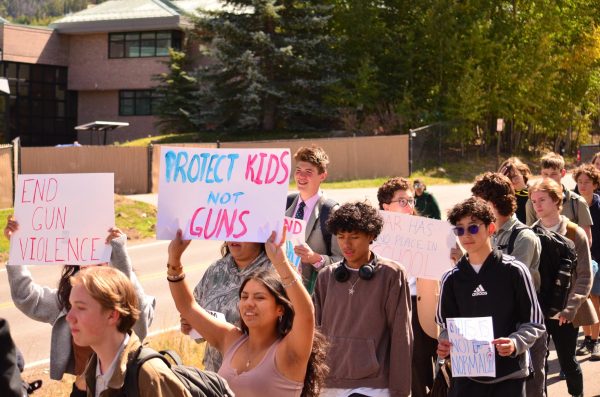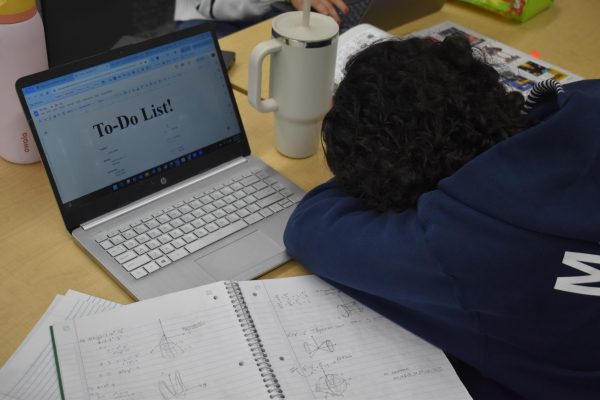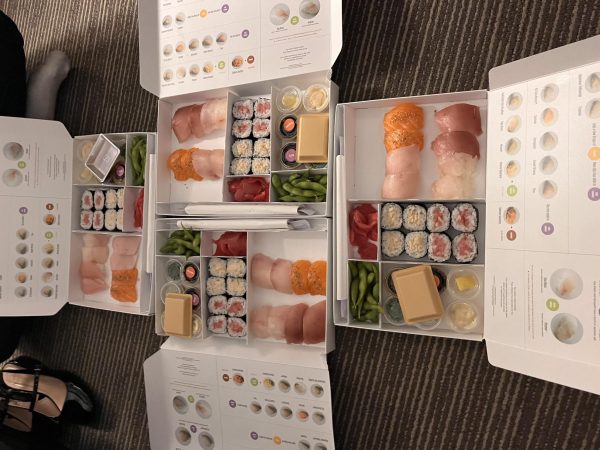About Ancestry DNA From Someone Who Did A Test
It’s strange to think that you’re here today, but there were so many people before you, building your family tree until it eventually reached you. Your ancestors had whole lives before you. Maybe one was an athlete, traveling and breathing for the sole purpose of the sport they loved. Your great great great grandfather could’ve been an artist, living off of the little to no money he made off of his paintings. Your grand aunt may have worked to keep her family of 12 well fed, kneading dough for the fresh bread she baked each day, just like how your mom or dad makes dinner for you each night.
How could one be satisfied knowing only the history of their parents? I certainly couldn’t. After years of digging for more information from my parents and grandparents, I was sick of being told stories about my father’s childhood days living in Ohio. If family couldn’t give me what I was looking for, then something else should. So, I turned to science.
AncestryDNA is a genetic genealogy database service that offers an autosomal DNA test. According to the International Society of Genetic Genealogy Wiki, Genetic genealogy is the use of DNA testing in combination with traditional genealogical and historical records.
“The general procedure for taking a genealogical DNA test involves taking a painless cheek-scraping (also known as a buccal swab) at home and mailing the sample to a genetic genealogy laboratory for testing,” ISOGG said.
About a week after paying $100 on Ancestry.com, a box will arrive at your front door. This box contains a card with instructions, a code to register your sample, an empty tube, and another box to send your sample back to their lab. Basically, you have to drool a bunch into a tube, send it away, and wait for results. This is exactly what I did.
“Your DNA results will likely take 6-8 weeks, but due to high demand, they may take longer,” an email from the company read.
About three weeks after receiving this email, I was gifted the nice surprise of earlier than expected results. Based on what I had seen on youtube about different genealogical DNA testing companies, I figured I’d be receiving a hard copy report in the mail. This wasn’t the case. My brain had to take a moment to recognize that there was a link in my most recent email update. “See my results.” This bright green button held more than just my past. This link would show that I am more than just Polish and Russian and whatever other random countries I was told were my origins. This link contained the trail of information that would tell me who I am. Click. Instantly, I’m brought to a page consisting of various graphs, words, and sections. My eyes went straight to the bright colors on the pie chart.
“89% European Jew, 11% other,” the webpage said.
Wow, what a surprise. Now, these statistics could be a lot more interesting for other people. There are videos all over the internet of people thinking they’re Irish and realizing they’re Scottish after they take the test. For real, though, people have some breakthroughs through spitting into one of those little tubes. For me, this wasn’t the case. So what? Even if you don’t have a major breakthrough, there’s more to discover from your report.
What’s interesting with AncestryDNA is they don’t stop at statistics. With each click, you are given more visuals, information, and history. For example, after clicking on the colorful pie chart, I was brought to a map with a widget on the side. This map was highlighted in the regions that make up my ethnicity. You are able to zoom in on the map to narrow down the region and even see where your ancestors were most likely concentrated. An “overview” is given which provides general history about the patterns of your ethnicity and how it came to be. History information is also seen when examining “your DNA story over time.” Along with this visual timeline are dots of various sizes which resemble the concentration or popularity of your ethnicity being in a specific place in a certain time. Dashed lines may jump across the map when you move to a certain time period to resemble the migration of your ethnicity. If you made a family tree with Ancestry, that is tied into the timeline and map too. There is also a section labeled “AncestryDNA members” which tells you how many of your DNA matches and other AncestryDNA members are genetically linked to the region as well.
AncestryDNA also provides their logic behind each calculation and show how they are made. Within your “DNA story” statistics given may be confusing to you or you may be skeptical of them. To help you out, Ancestry has a whole page to explain each and every calculation. Ancestry is also very clear on the fact that the calculations are estimates, but show their processes to prove they are estimates based off of a lot of research and steps.
“When we calculate your estimate for each ethnicity region based on the AncestryDNA reference panel, we run forty separate analyses. Each of the forty analyses gives another estimate of your ethnicity, and each one is done with randomly selected portions of your DNA. Why forty?” one explanation reads, “Ethnicity estimation can be variable from comparison to comparison -; different combinations of DNA can give us different information, so doing multiple analyses can give us a more accurate estimate, as well as the likely range.”
Another aspect to AncestryDNA that you can get a lot out of is your “DNA matches.” This section gives you a list of all the other AncestryDNA members that you share DNA with. It even tells you what relationship you most likely have with them. For example, Ancestry had “extremely high” confidence that a member was my second to third cousin. After inquiring my mother to see if this might be true, it was confirmed that this member was, in fact, my second cousin. Through asking my parents, I was able to confirm a handful of the results, while some, however, we are a bit skeptical of. To research further into your relationships and try to find out more about your family history, you can link family trees with your DNA matches. However, a lot of the extra parts to Ancestry costs more money.
Although I was initially disappointed with my results, AncestryDNA seemed to open many doors for my family history quest. While AncestryDNA was mostly interesting, there are other genealogical DNA testing companies that will provide any missing gaps of information in what you may find with AncestryDNA. According to SmarterHobby, Ancestry is best for cousin matching (autosomal only), FamilyTree DNA is best for genealogists, YDNA and mtDNA tests, MyHeritage is the best autosomal test on a budget, most geographic regions, 23andMe is best for genetic health screening, not genealogy, Living DNA is best for roots in British Isles, and National Geographic Geno 2.0 is best to contribute to advancement of science.

Zoe is a senior at AHS and is the Co-Editor-in-Chief for the Skier Scribbler. In her free time, she enjoys playing with her dogs, reading, and relaxing...




